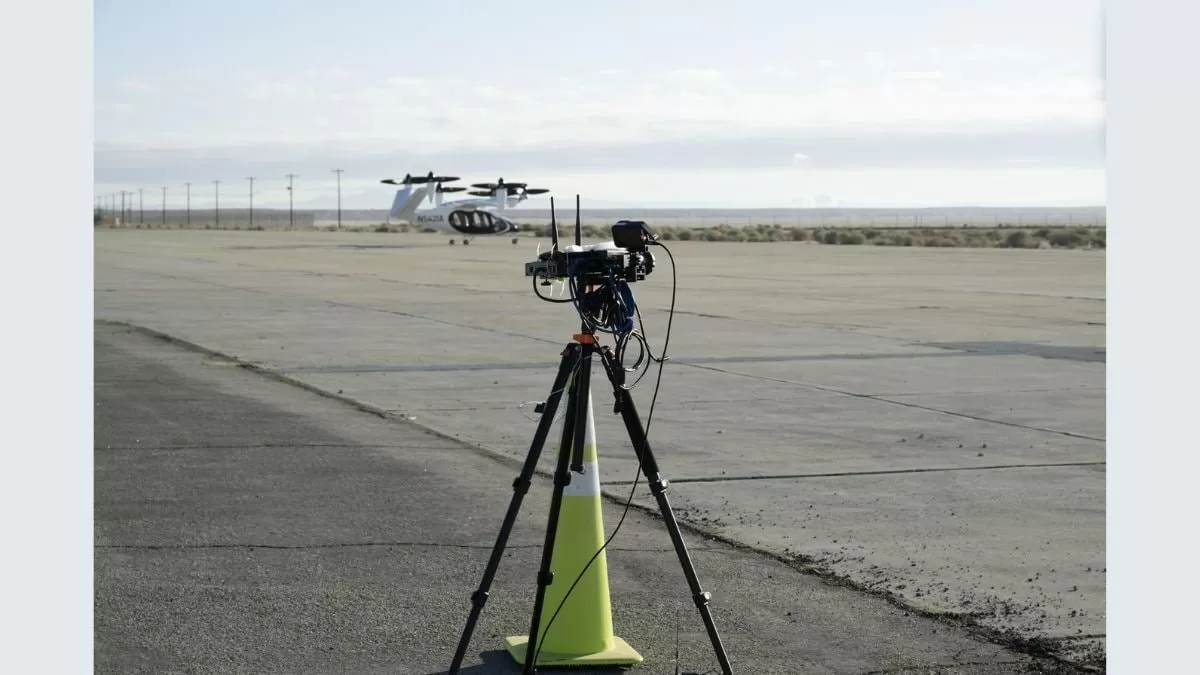NASA’s team of expert researchers has recently launched a new project that aims to revolutionize the aviation industry. With the use of an experimental aircraft called Joby, they are set to collect crucial data and improve aircraft tracking and air collision avoidance in high-traffic areas.
The Joby aircraft is a vertical take-off and landing (VTOL) aircraft, designed and built by Joby Aviation in collaboration with NASA. It has the ability to take off and land like a helicopter, but can also fly like a traditional airplane. This unique design makes it the perfect vehicle for gathering data on winds and improving aircraft tracking.
The need for better aircraft tracking and air collision avoidance has become increasingly important in recent years. With the rise in air traffic and the constant advancements in technology, it has become crucial to have accurate and reliable tracking systems in place. This is where Joby comes in.
Equipped with state-of-the-art sensors and instruments, Joby will be able to collect data on wind patterns and turbulence at different altitudes and locations. This data will then be analyzed by NASA’s team of experts to understand the impact of winds on aircraft and how it can be used to improve tracking systems.
But the benefits of Joby do not stop there. The aircraft will also play a vital role in enhancing air collision avoidance. By gathering data on wind patterns and turbulence, Joby will help pilots and air traffic controllers make more informed decisions in high-traffic areas. This will ultimately lead to a safer and more efficient air traffic management system.
The collaboration between Joby Aviation and NASA is a perfect example of how the private and public sectors can work together to drive innovation and progress. With NASA’s expertise in aeronautics and Joby’s cutting-edge technology, the possibilities are endless.
The Joby aircraft is also an environmentally friendly option, as it is powered by electricity and produces zero emissions. This aligns perfectly with NASA’s goal of promoting sustainable aviation and reducing the carbon footprint of the aviation industry.
The experimental flights of Joby have already begun, and the initial results have been promising. The data collected so far has provided valuable insights into wind patterns and their impact on aircraft. This will not only benefit the aviation industry but also other sectors such as weather forecasting and renewable energy.
The success of this project has the potential to transform the future of air travel. With improved aircraft tracking and air collision avoidance, we can expect a smoother and safer flying experience for passengers. It will also open up new possibilities for air transportation, such as urban air mobility and unmanned aerial vehicles.
The team at NASA is excited about the potential of Joby and is committed to continuously improving the aircraft and its capabilities. They have also expressed their gratitude to Joby Aviation for their collaboration and contribution to this project.
In conclusion, the launch of Joby by NASA’s team of expert researchers marks a significant milestone in the aviation industry. With its unique design and advanced technology, Joby has the potential to collect crucial data and drive improvements in aircraft tracking and air collision avoidance. This project is a testament to the power of collaboration and innovation, and we can’t wait to see the positive impact it will have on the aviation industry.

